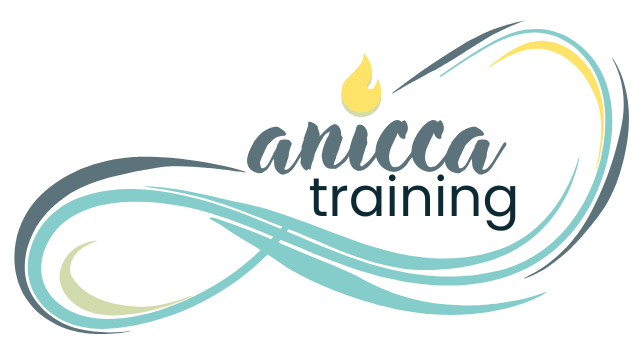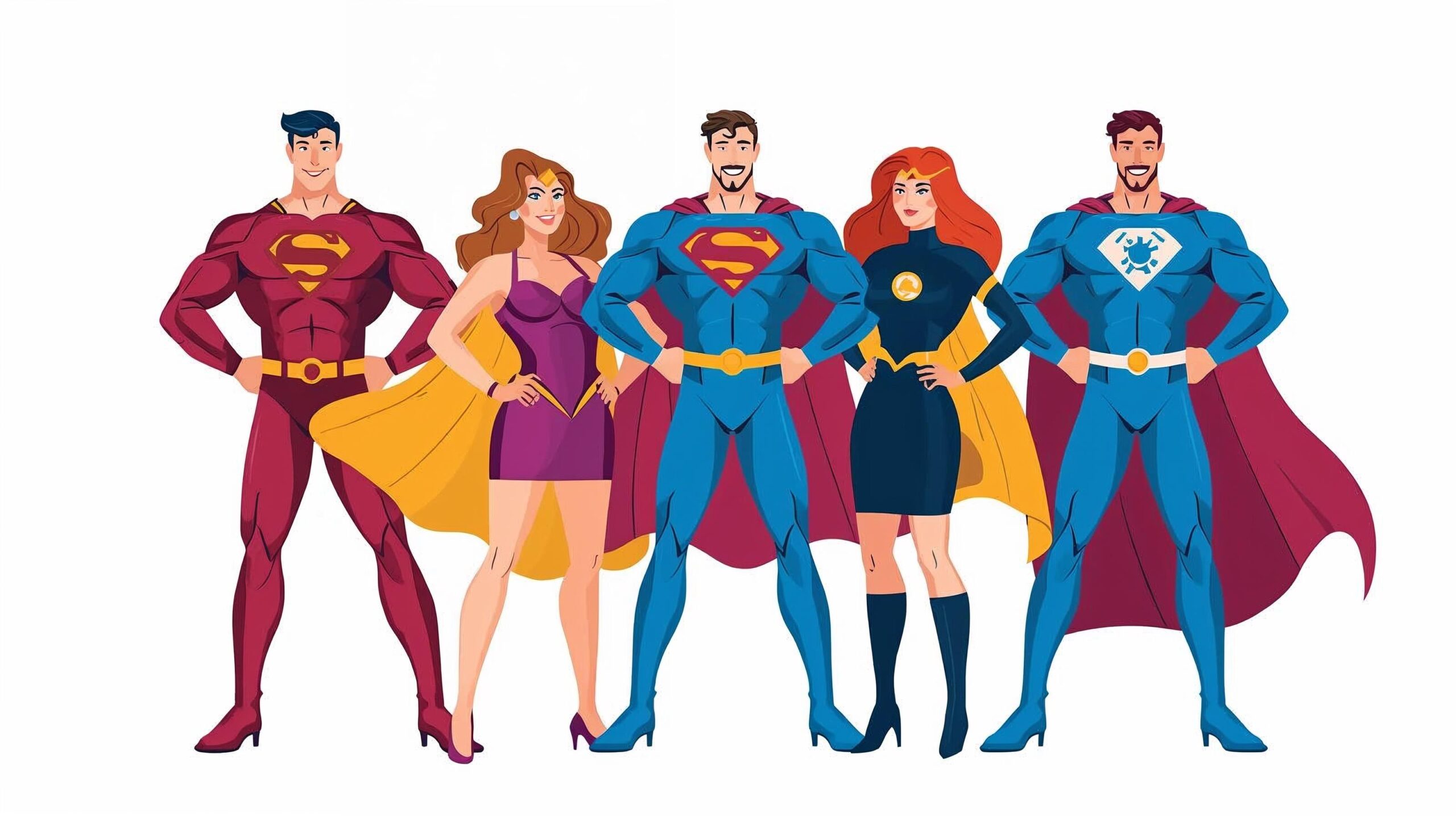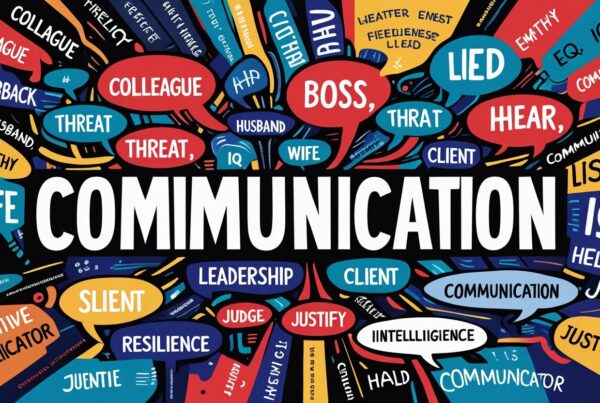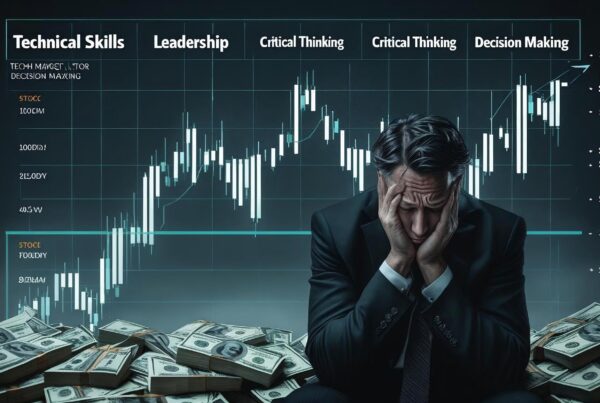Let’s face it—corporate learning can sometimes feel like attending a family reunion. Everyone looks vaguely related, but no one is exactly sure how. You’ve got the cousin who swears they’re a “Leadership Development Architect,” the uncle proudly calling himself an “OD Specialist,” and the enthusiastic aunt who just loves a good “training session” with icebreakers. And somewhere in the middle is the L&D Specialist, trying to stop the potato salad from sliding off the table.
The truth? These roles are different breeds of the same species. Knowing the difference is not just HR trivia—it’s the difference between investing in a sustainable learning culture and endlessly recycling PowerPoint decks.
1. The L&D Specialist
Think of them as the “Netflix curators” of learning. They don’t create every movie, but they sure as hell know what you should be watching (and what you must avoid). They align skills, build programs, and make sure your employees don’t just “complete” learning modules but actually learn something (radical, I know).
Superpower: Spotting gaps faster than you can say “skill matrix.”
2. The Leadership Development Architect
This one wears the metaphorical hardhat. They design pathways, pipelines, and programs that take a first-time manager and (hopefully) turn them into someone who won’t send 3 a.m. Slack messages to the team. They think long-term—succession planning, future leaders, bench strength. Basically, they’re corporate SimCity players.
Superpower: Future-proofing your C-suite.
3. The OD Expert (Organisational Development Wizard)
These folks don’t just focus on people; they focus on the entire ecosystem. Structure, processes, culture—they’re the ones asking, “But does this system enable your employees, or does it choke them with 47 approval emails?” They’re like urban planners—ensuring the highways of your organisation don’t dead-end into bureaucracy.
Superpower: Turning chaos into culture.
4. The Training Enthusiast
Every organisation has one. This is the person who loves a good workshop—doesn’t matter the topic. Sales? Yoga? “Time management with origami?” They’re in. While they may not always align with business strategy, their enthusiasm reminds us that learning can be fun, light, and human.
Superpower: Infectious energy that gets even the grumpiest employee to do an icebreaker.
So, Why Does the Difference Matter?
Because mixing these up is like calling your cardiologist when your Wi-Fi goes down. Sure, both are “experts,” but the result won’t be pretty. Companies often lump all roles under “training,” which is like calling all desserts “cake.” (Imagine telling an Italian grandmother her tiramisu is just “cake.”)
-
L&D Specialists build the what.
-
Leadership Architects design the who.
-
OD Experts fix the where/how.
-
Training Enthusiasts bring the wow.
Knowing the distinction means you can leverage the right expertise at the right time.
The Common Thread: Passion
Strip away the jargon, and you’ll find one unifying factor—passion for growth. Whether through structured OD strategies, leadership pipelines, or a fun Friday workshop, all of them are driven by the belief that people are the beating heart of an organisation.
Closing Thought:
So next time you’re tempted to introduce everyone as “trainers,” pause. These roles are different gears in the same machine. Use them wisely, and you’ll build not just a skilled workforce—but a culture that thrives.
After all, when passion meets strategy, learning doesn’t just “happen”—it transforms.
HR and L&D managers, what’s your experience—do you find these roles overlap in your organisation, or are the lines clear?







